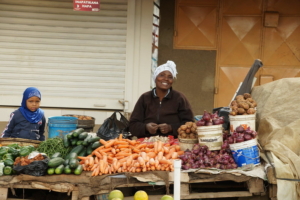 Tanzania Home Economics Organization (Tahea Mwanza) is dedicated to empowering families and fighting poverty in Tanzania, specifically the Mwanza region. The Mwanza region, located in northern Tanzania, has a population of approximately 3.7 million and is roughly the size of the country of North Macedonia. Poverty in Tanzania is widespread, with nearly half of the population living below the international poverty line of $1.90 a day. Tahea Mwanza works to create lasting change in the region through community-driven development, with locals providing support and input on all projects. Its vision is to build a future where communities throughout the region have access to quality education, affordable housing and reliable food sources.
Tanzania Home Economics Organization (Tahea Mwanza) is dedicated to empowering families and fighting poverty in Tanzania, specifically the Mwanza region. The Mwanza region, located in northern Tanzania, has a population of approximately 3.7 million and is roughly the size of the country of North Macedonia. Poverty in Tanzania is widespread, with nearly half of the population living below the international poverty line of $1.90 a day. Tahea Mwanza works to create lasting change in the region through community-driven development, with locals providing support and input on all projects. Its vision is to build a future where communities throughout the region have access to quality education, affordable housing and reliable food sources.
Early Childhood Education
While access to education has improved in recent years, 1.2 million children in Tanzania have still never attended school. Tahea Mwanza addresses this issue by expanding early childhood education opportunities for children aged 0 to 8 years. The organization has established 30 community centers, providing play-based learning environments that support cognitive and language development. These centers also serve as childcare facilities, enabling mothers to work and support their families while ensuring their children receive a strong educational foundation. In addition to early childhood education, Tahea Mwanza trains community counselors to support parents in nurturing their children’s cognitive, language and social skills. By focusing on parental involvement, the organization aims to strengthen early childhood development efforts and prepare children for formal schooling.
Affordable Housing
Limited access to affordable and livable housing remains a significant challenge in Tanzania, particularly in rural areas. Poor housing conditions disproportionately affect women and youth, limiting their economic opportunities and overall well-being. Tahea Mwanza helps address this challenge by facilitating access to land and property ownership through saving and lending programs. The organization has played a pivotal role in establishing housing cooperatives and has contributed to the construction of more than 1,800 homes, providing safe and affordable housing to thousands of families. In addition to its housing initiatives, Tahea Mwanza collaborates with local communities to advocate for policy solutions that promote affordable housing for all.
Health and Nutrition
Malnutrition and food insecurity remain major public health concerns in Tanzania. Nearly 53% of children aged 2 to 5 experience developmental delays due to poor nutrition and limited access to essential food resources. Tahea Mwanza combats these ongoing issues through health and nutrition programs focused on child development. The organization provides community-based nutrition education for pregnant women and young mothers, teaching food preparation, preservation and storage techniques. Additionally, Tahea Mwanza promotes the cultivation of nutrient-rich and climate-resilient crops, such as sweet potatoes, equipping local farmers with training on best agricultural practices. By integrating sustainable farming methods with nutrition education, the organization helps reduce food insecurity and improve overall health outcomes for families.
Looking Forward
Tahea Mwanza’s initiatives have directly benefited nearly 80,000 people and indirectly impacted more than 283,000 across the Mwanza region. Through early childhood education, housing assistance and nutrition programs, the organization has contributed to tangible improvements in local communities. With more than 800 active projects, the organization continues to expand its impact by empowering local communities and strengthening economic resilience. Continued funding and support could allow the organization to broaden its reach, helping more families break the cycle of poverty and build sustainable futures in Tanzania.
– Matthew Wornom
Matthew is based in Yorktown, VA, USA and focuses on Good News and Global Health for The Borgen Project.
Photo: Flickr
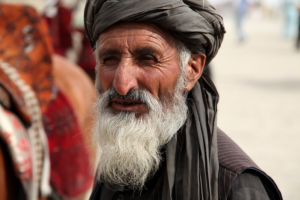
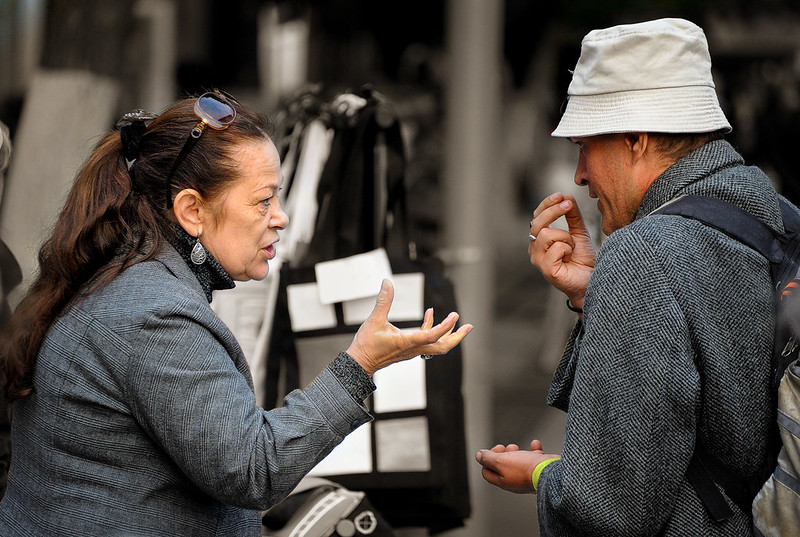 More than a decade ago, the United States Agency for International Development (USAID)
More than a decade ago, the United States Agency for International Development (USAID) 

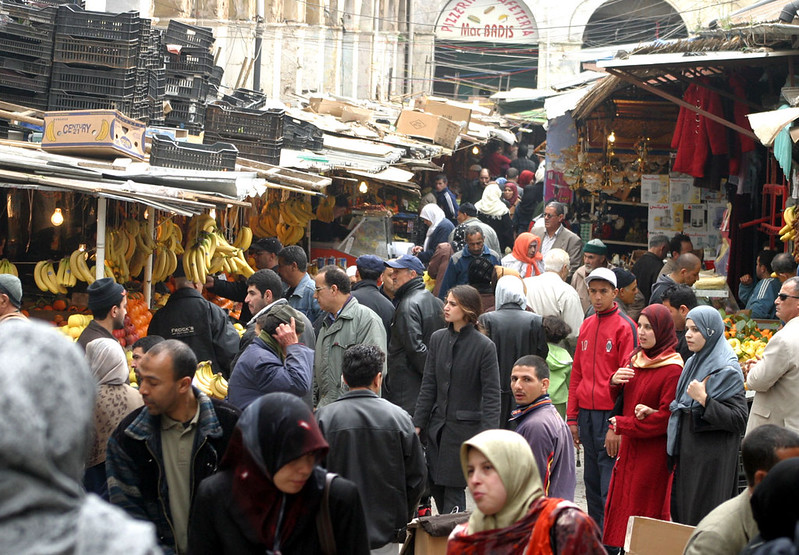 According to the World Bank, Algeria plans to transition to a more diversified economy to address its high unemployment rate, particularly among youth aged 15 to 29. In 2023, Algeria’s unemployment rate stood at 12.7% overall, with youth
According to the World Bank, Algeria plans to transition to a more diversified economy to address its high unemployment rate, particularly among youth aged 15 to 29. In 2023, Algeria’s unemployment rate stood at 12.7% overall, with youth 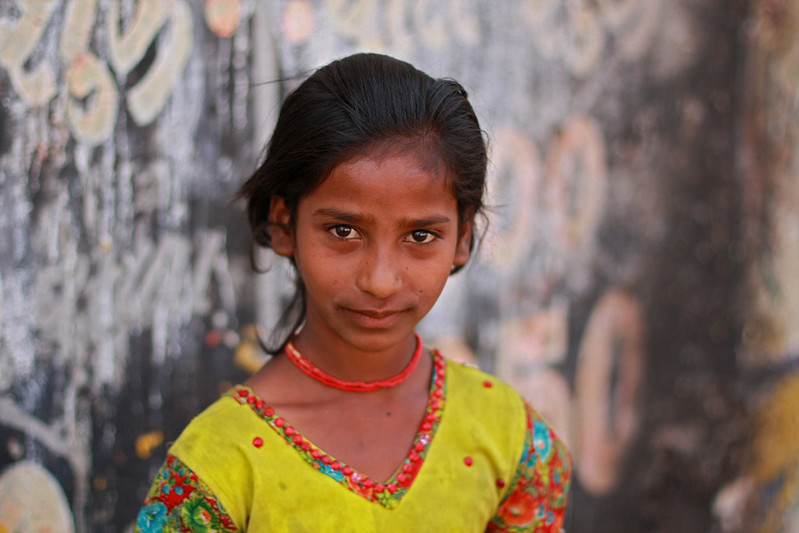 Intergenerational poverty refers to
Intergenerational poverty refers to 
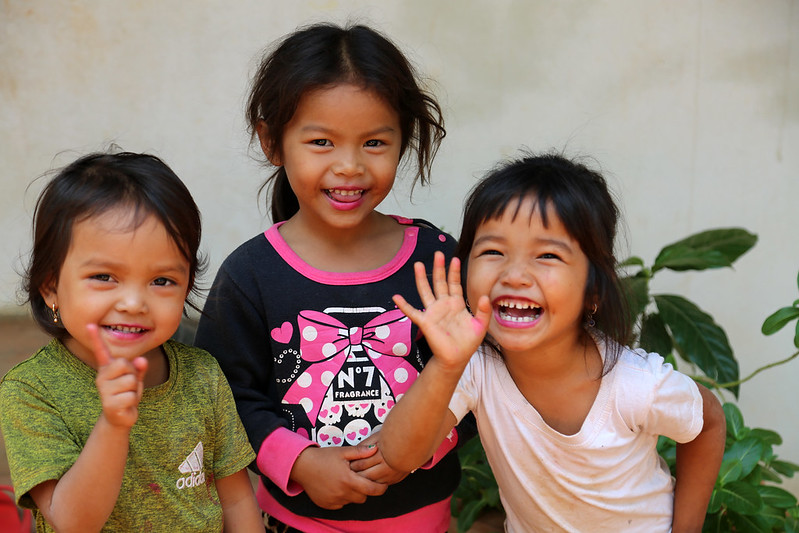 Poverty in Cambodia, deeply rooted in the Communist values of
Poverty in Cambodia, deeply rooted in the Communist values of 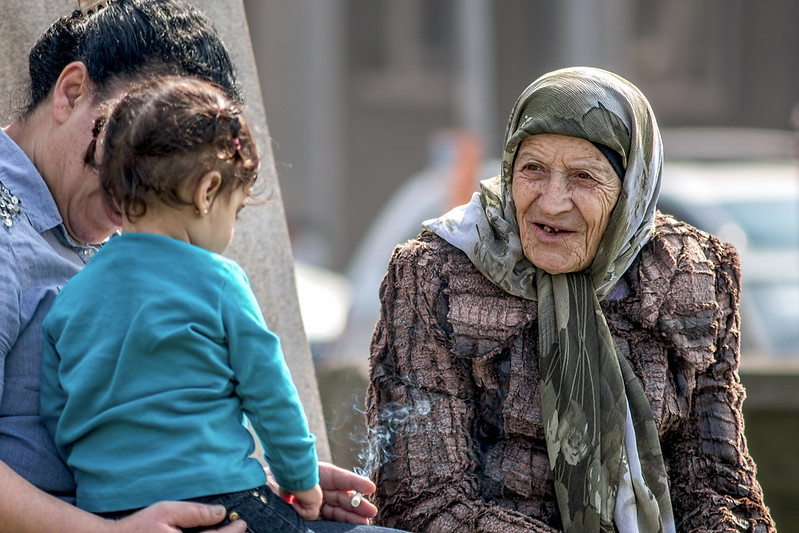 The COVID-19 pandemic had a profound impact on countries worldwide, including the Czech Republic. With income poverty rates
The COVID-19 pandemic had a profound impact on countries worldwide, including the Czech Republic. With income poverty rates 